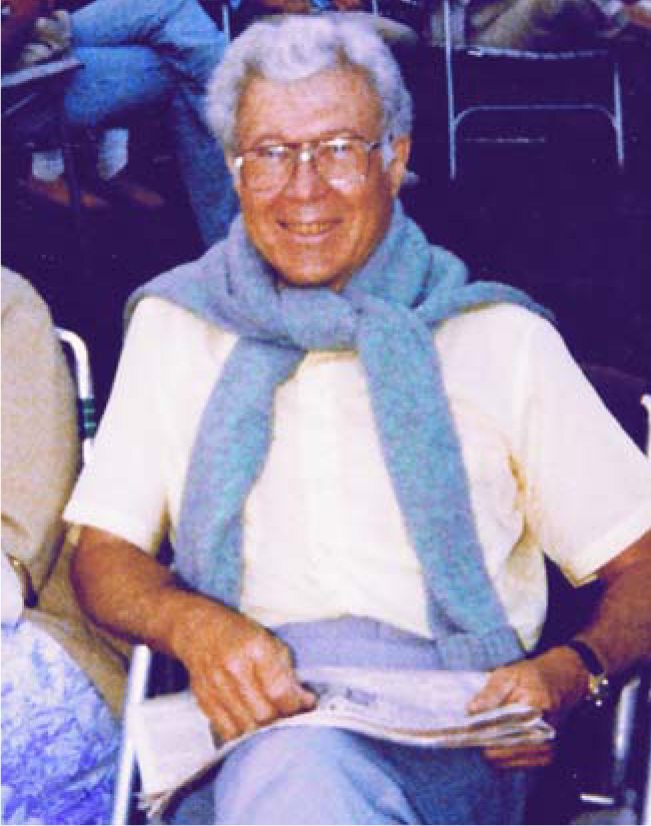Leon Blitzer
DOI: 10.1063/1.2012479
Leon Blitzer, professor of physics emeritus at the University of Arizona, died on 18 October 2004 in Tucson of complications from a severe stroke he suffered in 1999. With his passing, the UA physics department lost its most important link to the department’s past.
Leon was born on 13 December 1915 in New York City. His association with the university began in 1936 when he entered as an undergraduate student after first attending Brooklyn College in New York City. Like many easterners, he came to Tucson for health reasons. While an undergraduate, Leon met his future wife. He earned both his BS (1938) and MS (1939) in physics. He went on to graduate school at Caltech and earned his doctorate in 1943. His dissertation, “Factors Influencing the Accuracy of Rockets,” was directed by Ira S. Bowen.
After doing war-related research at Caltech until 1946, Leon returned to UA as an assistant professor of physics. There, his research mainly involved spectroscopy and celestial mechanics; his work on satellite orbits was in tune with the emerging space age. Leon spent summers in southern California, working on ballistics for the Naval Ordnance Test Station, spectroscopy at the Office of Naval Research and Stanford Research Laboratories, missile trajectories and satellite orbits at the Ramo-Wooldridge Corp (now TRW) in Redondo Beach, and at the Jet Propulsion Laboratory in Pasadena. He was quite pleased that he and his family did not have to spend the torrid summers in Tucson.
Appointed at age 33 as the UA physics department’s youngest full professor, Leon was also a leader in introducing research to the department. In 1952 he received one of the first external research grants, from the US Army Office of Ordnance Research.
During his 40 years as a faculty member, Leon exemplified the ideal university professor. He was devoted to all aspects of the job—teaching, research, and service. Everyone who knew him delighted in his consistently upbeat manner and cheerful outlook on life no matter the situation. He served as the heart and conscience of the Arizona physics department. In 1985 he researched and wrote a history of the department in connection with the university’s centennial observances. He retired in 1986.
Leon’s humanitarian drive extended beyond his work at UA. He was instrumental in founding the Arizona chapter of the Cystic Fibrosis Foundation, was involved in work for cerebral palsy, and was active in Congregation Anshei Israel. His influence on UA, its physics department, and the community did not end with his retirement, though. He continued as an active presence in the department. He also expanded his participation in community programs and continually cared for his many neighbors and friends. If one needed help, Leon was there.
Even during the difficult times following his stroke, which severely limited his ability to communicate, Leon never lost his essential character as a decent and caring person. He is greatly missed in the Tucson and UA communities and by his many friends and family members.
In honor of their father, Leon’s children have established the Leon Blitzer Teaching Award Fund in physics and related sciences at the university.


More about the Authors
Laurence C. McIntyre. University of Arizona, Tucson, US .
John A. Leavitt. University of Arizona, Tucson, US .
Michael D. Scadron. University of Arizona, Tucson, US .
